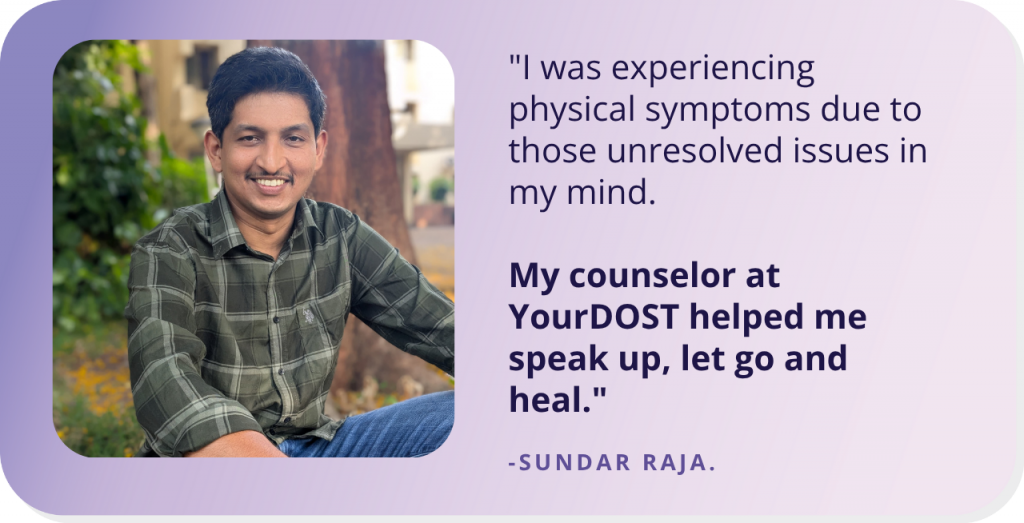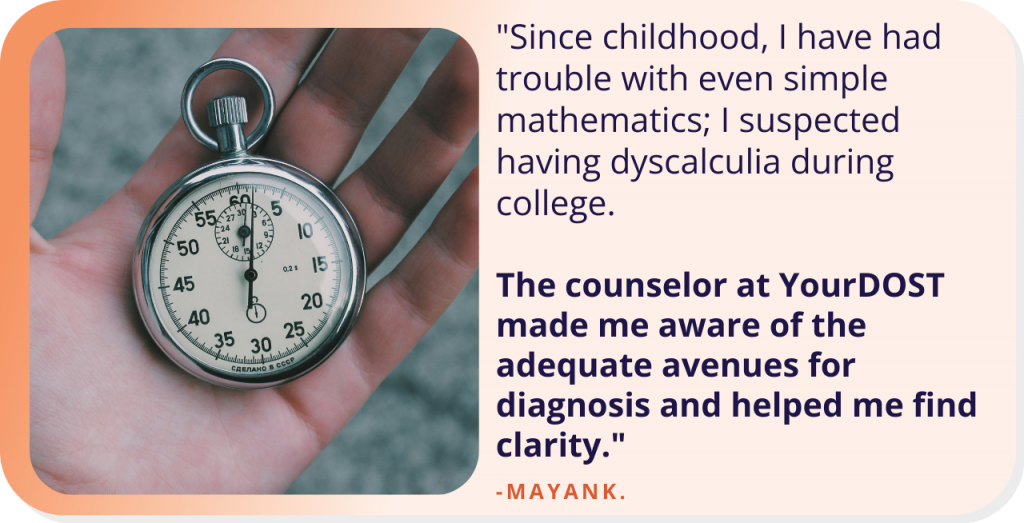Will Their Glory Of Winning Olympic Medals Last Only Till Another Monday?
Sakshi Malik and PV Sindhu have not only won medals at Rio Olympics but have also won billions of hearts. Indians are all shouting out about how proud they are of them and their victory. But for how long?
India is a country where the status of women has been raised in the eyes of the law, but they are still far from being equal to men in every sphere of life. Jawaharlal Nehru, India’s first Prime Minister had once said,
“You can tell the condition of a Nation by looking at the status of its Women.”
So how is the current condition of women in India?
The Indian Constitution guarantees equality but legal protection has a limited effect since patriarchal traditions prevail here. The sex ratio is 933 females per thousand males according to 2011, Census. Though “prenatal sex discrimination” has been legally banned since 1996, this law seems to be unfamiliar to Indian families. The preference of a male child over a female is still prevalent. It has been reported that nearly 5,00,000 baby girls before or after their birth are killed every year in India.
Why does this happen?
A girl is usually considered to be a liability to the parents and family in India. Investing in her education is not usually important because most importantly, there is dowry to be given. Thanks to our customs and traditions, they are considered to be naturally inferior human beings. It is unanimously believed that they are bound to be housewives, mothers or daughters, etc. Women are believed to be fragile and unfit for physical education.
Here is a common example from the household of most Indian families,
The women of the household who prepare any meal typically have only what is left over by the men to eat. Usually, it is practiced that only after the males have finished eating can the women eat. This creates a major problem of lower self respect and in extreme cases malnutrition.
Despite such discrimination, harassment, humiliation and exploitation in and outside the home, we have luckily been blessed with players like Sakshi Malik and PV Sindhu. With this hypocrisy how many more women achievers can we expect? In fact, should we expect any?
M.K. Singh in her book Indian Women and Sports says,
“The most important factor which is grounded on the sexist theory preventing girls from entering sports is that her physical structure, particularly at the time of menstruation is so weak that she cannot play.”
While women, in general, are struggling for an existence, identity, and equality in the society, women in sports are similarly struggling with the fight for equality, opportunities, rights, and also self-respect. The battle for equality in women player has been a problem for the country; male sports have been accused of receiving more serious recognition in the sports they play, having more playing opportunities, obtaining higher salaries, and attracting extra media coverage. Men in sports have been naturally accepted and promoted whereas, women are struggling for the same rights.
Today, Sakshi Malik and PV Sindhu are important names but will we have more if women in India are continued to be treated this way?






